VIEW Male Hair Transplant
Natural hair transplant by
Consider the type of hair loss, hair condition, and hair direction
Natural hair transplant by
Consider the type of hair loss, hair condition, and hair direction
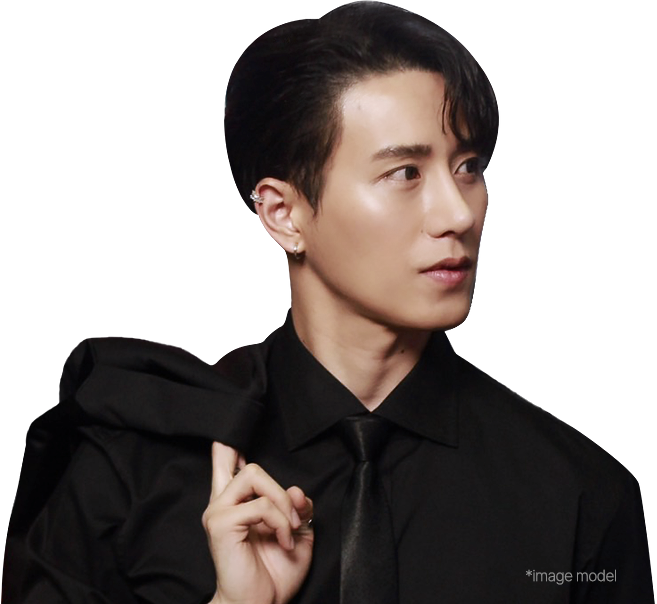
3 Hours
Local / General Anesthesia
3~4 Sessions
2 Weeks


Hair transplantation is an operation in which hair from the side or back of the person’s hair, which does not fall out easily, is collected and transplanted to the hair loss area.
Depending on the type of hair loss, the appropriate treatment is selected among incisional, non-incisional, and mixed methods, and the hair grows in a natural direction and thickness just like the original hair because it inherits and maintains the properties of the original site after transplantation.
WHY VIEW


View proceeds with premium systematic steps,
for high quality result
VIEW Male Hair Transplant Features



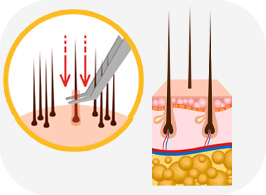
WHY VIEW


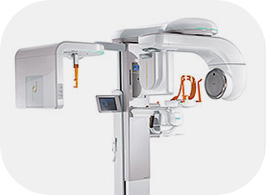

Hair Transplant Surgery Method
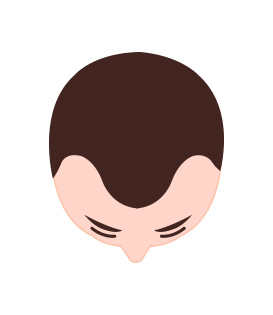
1M-Shape
The hair loss progresses gradually in an M shape from both corners of the forehead
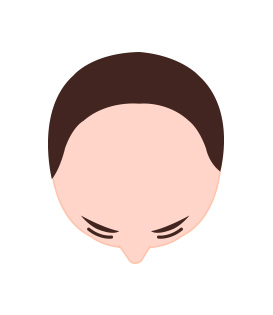
2U-Shape
Hair loss progresses in a circular fashion from the center of the forehead
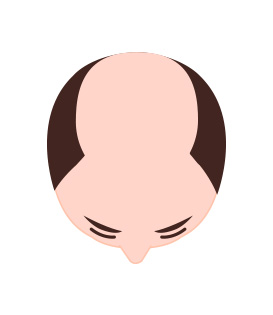
3O-Shape
Hair loss progresses in a circular fashion from the crown
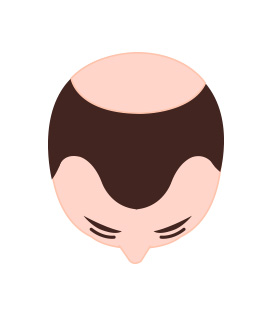
4Combination Type
Hair loss progresses by mixing O and M shape
It is performed by follicular unit transplantation and is divided into non-incisional, incisional, and mixed methods.
1Follicular unit transplantation
This is a method of transplanting hair in units of follicles, which are holes through which the hair comes out.
2Non-incisional Method
It is a method of selectively collecting hair roots so that the density of the remaining hair roots is constant through a hair root harvester without incision on the scalp.
3Incisional Method
It is a method to obtain skin tissue of about 23~24cm through an incision from the side hair to the back hair, check the hair root with the naked eye, collect it, and transplant it.
4Combinational Method
It is a method of harvesting and transplanting hair roots by mixing non-incision and incision methods.
Post-operative course guide

How to remove the scab (after 10 days)
① Wet the transplant site with lukewarm water and soak the scab sufficiently.
② Put the shampoo foam on the transplant site and rub it in a circular motion using your fingerprint.
③ It is not recommended to artificially remove the scab excessively.
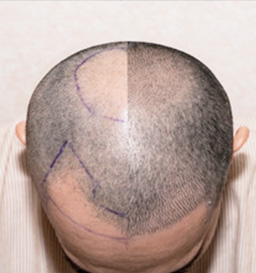
Male Hair Transplant Premium Care System
After hair transplantation, the in-hospital dermatology team in a dedicated recovery room runs
a systematic follow-up management system to quickly recover damaged tissues and reduce worries about scarring

1Dedicated Management Personalized management is carried out after treatment according to the individual recovery speed

2Progress Check A plastic surgeon will check the surgical progress and recovery process
VIEW Surgery Process
1
In-depth
Consultation
Identify the condition of the face, whether hair loss has progressed, etc
2
Design and
Surgery Plan
Customized design such as full face ratio measurement, area check, ideal line, etc.
3
Hair Follicle Collection
Securing hair follicles by an appropriate method among incision/non-incision methods
4
Isolation of hair follicles
Separation of hair follicles to be transplanted
5
Hair Follicle Transplant
Hair follicle transplantation by adjusting the angle, direction, shape, balance, and density of the hair
Surgery

1 day after
Surgical dressing and shampoo washing, combined with drug treatment
(In the case of oral hair loss drugs, immediately after surgery, injections from the second week after surgery)
2 weeks after
In the case of incision and mixed method, surgical site stitches are removed
3 weeks after
Scalp care
3~12 months after
Regular progress check by the operating surgeon
Male Hair Transplant FAQ
What is the survival rate of hair after hair transplantation?
The survival rate of hair is expected to be about 95%. However, in patients suffering from seborrheic dermatitis, diabetes, high blood pressure, or taking anti-hemostatic drugs, the engraftment rate may drop to around 80%. Although there are individual differences depending on the surgical ability of the medical staff and the condition of the hair, in general, some of the transplanted hair falls out within 2 to 4 weeks. Then, 3-4 months after surgery, it grows back and settles into permanent hair. For this reason, it takes at least 6 months to expect a sufficient hair transplant effect, and the hair that grows back at this time will grow thicker and more continuously than the hair in the hair loss area.
Is it okay to wash or style my hair right after surgery?
After hair transplantation, if it goes through a sufficient engraftment period and is stable, then you can style your hair as you like.
*Image model
View Plastic Surgery's medical technology,
professional medical staff,
and safety systems are recognized worldwide
Clients from all over the world visit View Plastic Surgery.














There may be complications such as bleeding, infection, and inflammation after surgery. Subjective satisfaction may vary between individuals.
Address: 107, Bongeunsa-ro, Gangnam-gu, Seoul, Korea (201-14 Nonhyeon-dong)
Tel : +82-2-539-1177 | Fax : 02-539-1132
Business Name : View Plastic Surgery | CEO : Choi Soon Woo | License No. : 220-08-86777
ⓒ Copyright COPYRIGHT©2017 View Plastic Surgery. ALL RIGHTS RESERVED.







